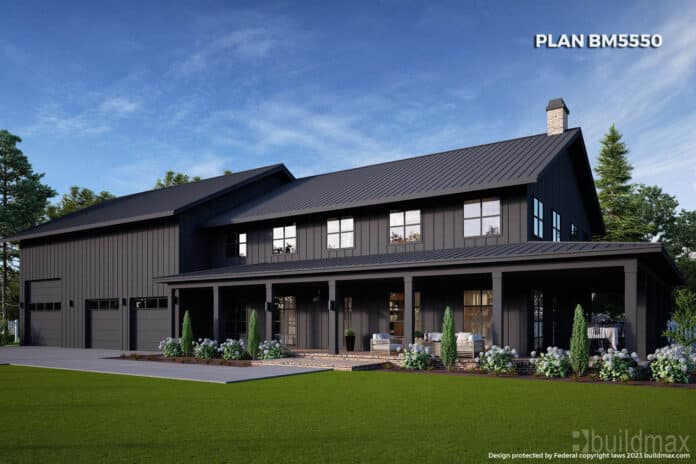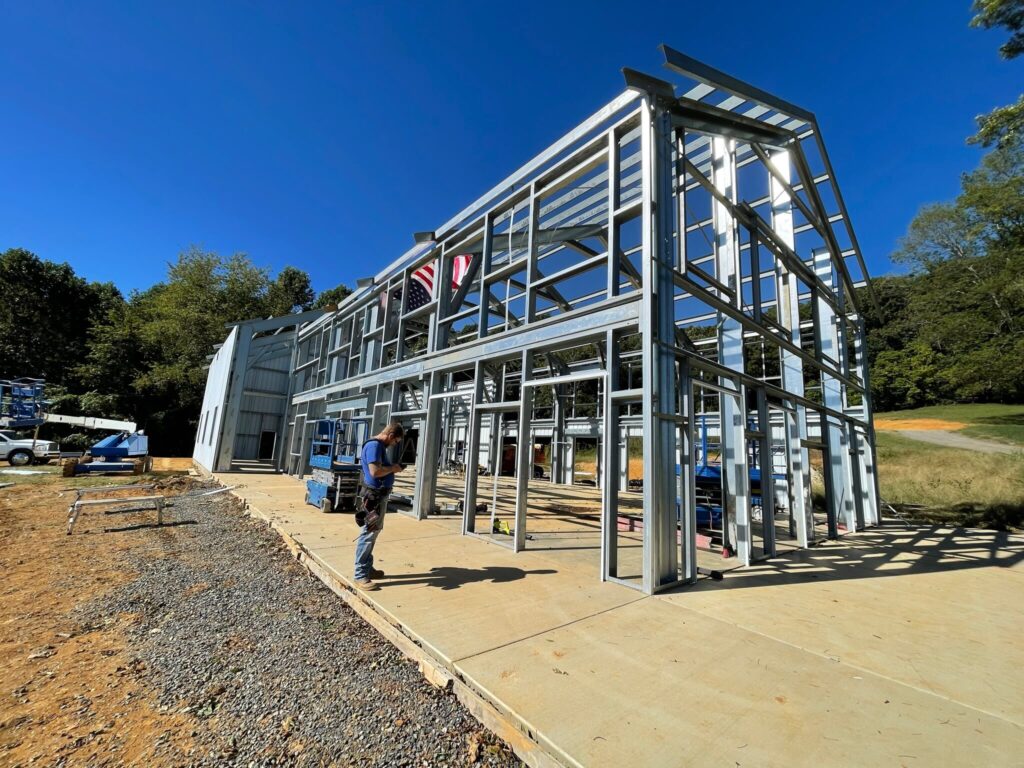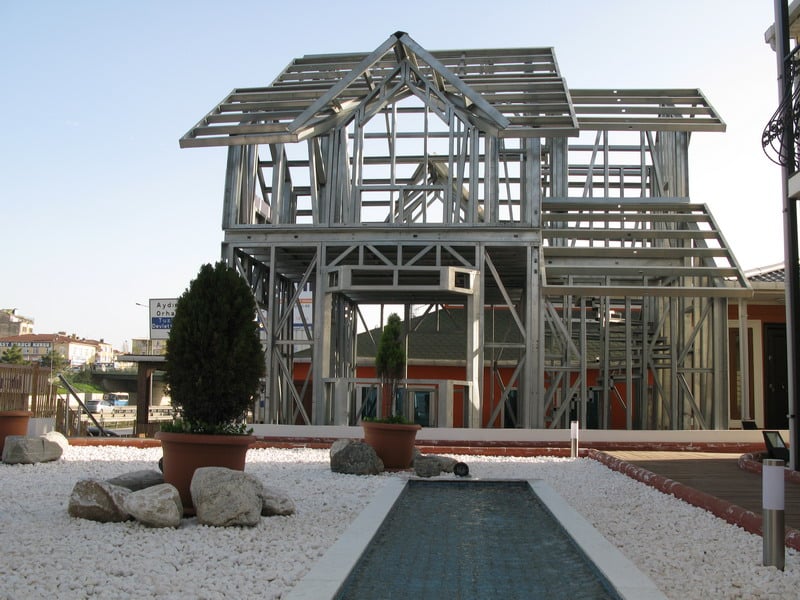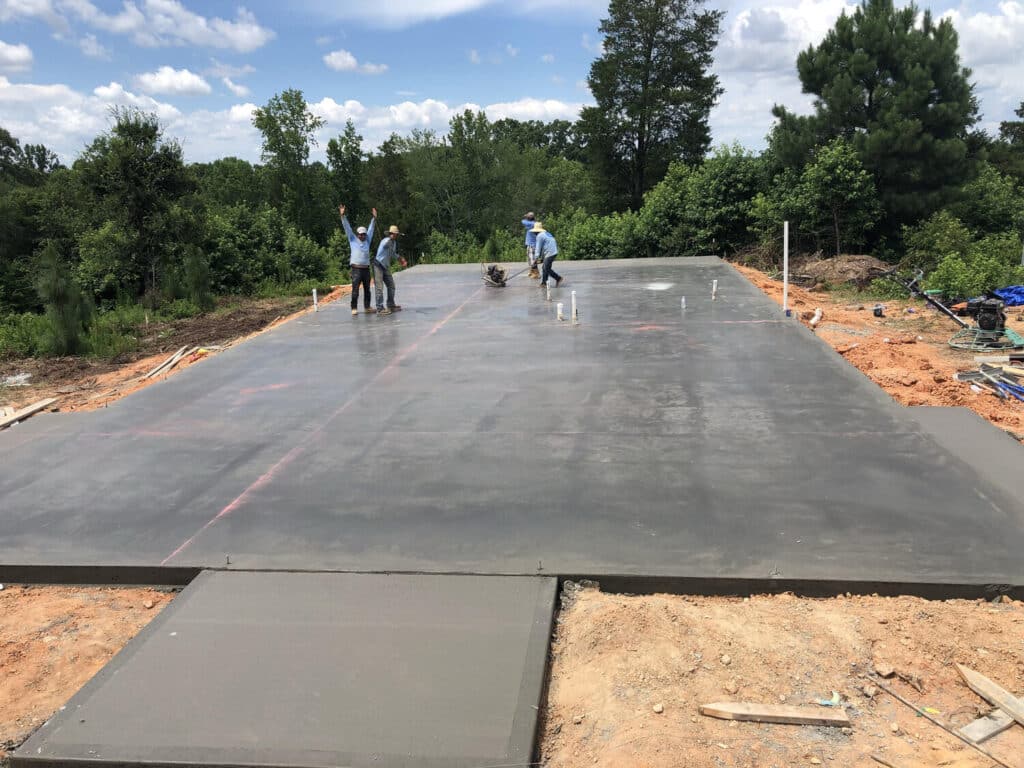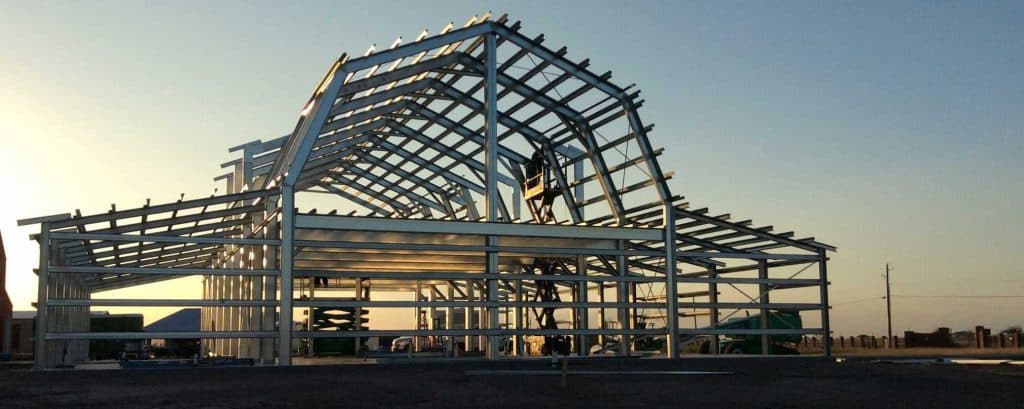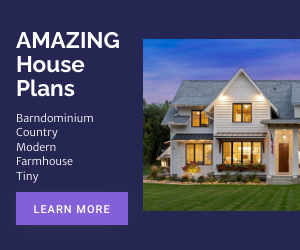The Complete Guide to Kit Homes
Kit homes, also known as pre-cut homes, offer an appealing method of homeownership allowing you to buy a house in a box. The pre-fabricated components make for a simpler building process compared to constructing a fully custom home. This guide will explore everything you need to know about researching, buying, and building your dream kit home.
How Kit Homes Work
Kit home manufacturers mass produce house sections or panels in a factory before transporting them via truck to your property. Components like walls, trusses, floors, and roofs arrive already precision cut to size along with detailed building instructions. Structural fittings like nails and screws also ship within kits.
Homebuyers can opt to hire contractors for assembly or self-build following included instruction manuals, which spell out each building step. The DIY method offers maximum cost savings. Regardless of assembly method, kit houses allow move-in often within just weeks rather than months of traditional building.
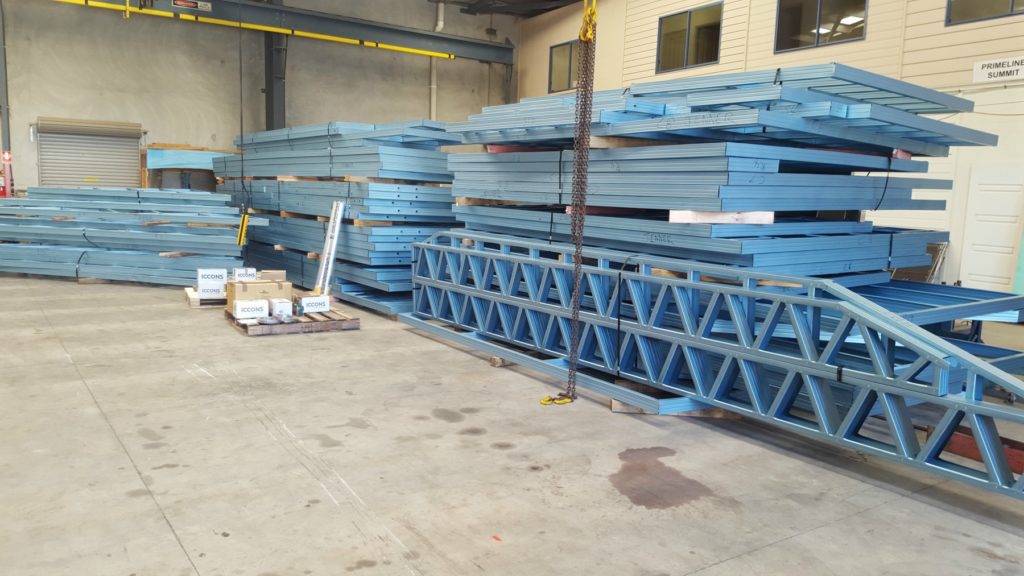
Finding The Right Barndominium Kit
Some of the most prominent kit home brands available across America are great at advertising but may not include everything you need, it’s important to go with a trusted name. Buildmax makes great steel frame kits for delivery and are a trusted name in the industry.
While aesthetics, sizes, materials, and prices vary widely, all share the ease of pre-cut building. Do your research to decide which brand best fits your taste, lifestyle needs, and budget.
Estimating Your Budget
Kit homes range dramatically in pricing from $50,000 to $500,000 depending on square footage, materials, custom upgrades selected, site prep needs, and more. Most fall in the $100k to $250k range. Determine early what size home your finances can accommodation then browse kits in your price point and preferred style.
Remember that base kit pricing does not cover materials for vital site preparation like a foundation, plumbing, septic installation, excavating services, even land purchasing itself. These additional costs often tally $50k-$150k. Plot out your entire project budget before committing to a purchase.
Picking Perfect Property
Home placement will influence what kit homes work on your land since the shape and grading of property can vary. Consider proximity to noisy roads or neighbors and positioning to maximize sunlight in rooms. If your land lacks accessibility for truck deliveries, building is far more complicated.
Permitting, zoning restrictions, HOAs, snow load capacity, and weather conditions like hurricane, tornado or wildfire prevalence also determine appropriate foundation needs and materials to handle area demands.
Going Custom
Though kits offer simplified building, most companies allow for expansive customization too. Choose unique exterior materials like brick veneers or corrugated metal wall cladding. Opt for additional dormers, bay windows or skylights. Design one-of-a-kind interior layouts and pick luxury finishes like granite counters. Just know custom add-ons boost costs.
Kit homes fuse uniqueness, simplicity and affordability for buyers wanting to construct their dream home. Follow this advice to build smartly!



